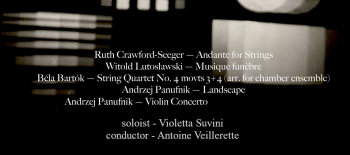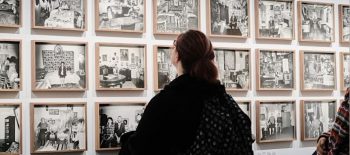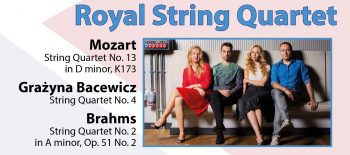Saturday 18 January 2025 – Sunday 22 June 2025, Ditchling Museum of Art + Craft
More information and Tickets:
https://www.ditchlingmuseumartcraft.org.uk/event/tadek-beutlich-on-and-off-the-loom/
Tadek Beutlich MBE (1922 – 2011) was a visionary textile artist, printmaker and teacher, renowned for his extraordinary tapestries, textile constructions and large vivid relief prints from the 1960s and 1970s. In 2025, Ditchling Museum of Art + Craft will present the first institutional exhibition dedicated to his work in the UK for over 25 years.
Strikingly large works created in his Ditchling studio in the late 1960’s will take centre stage in thisretrospective, including Dream Revealed (1968), an eight-foot-tall weaving created using unspun jute, mohair and horsehair, which has not been seen since it was shown in Switzerland at the Lausanne Textile Biennale in 1969.
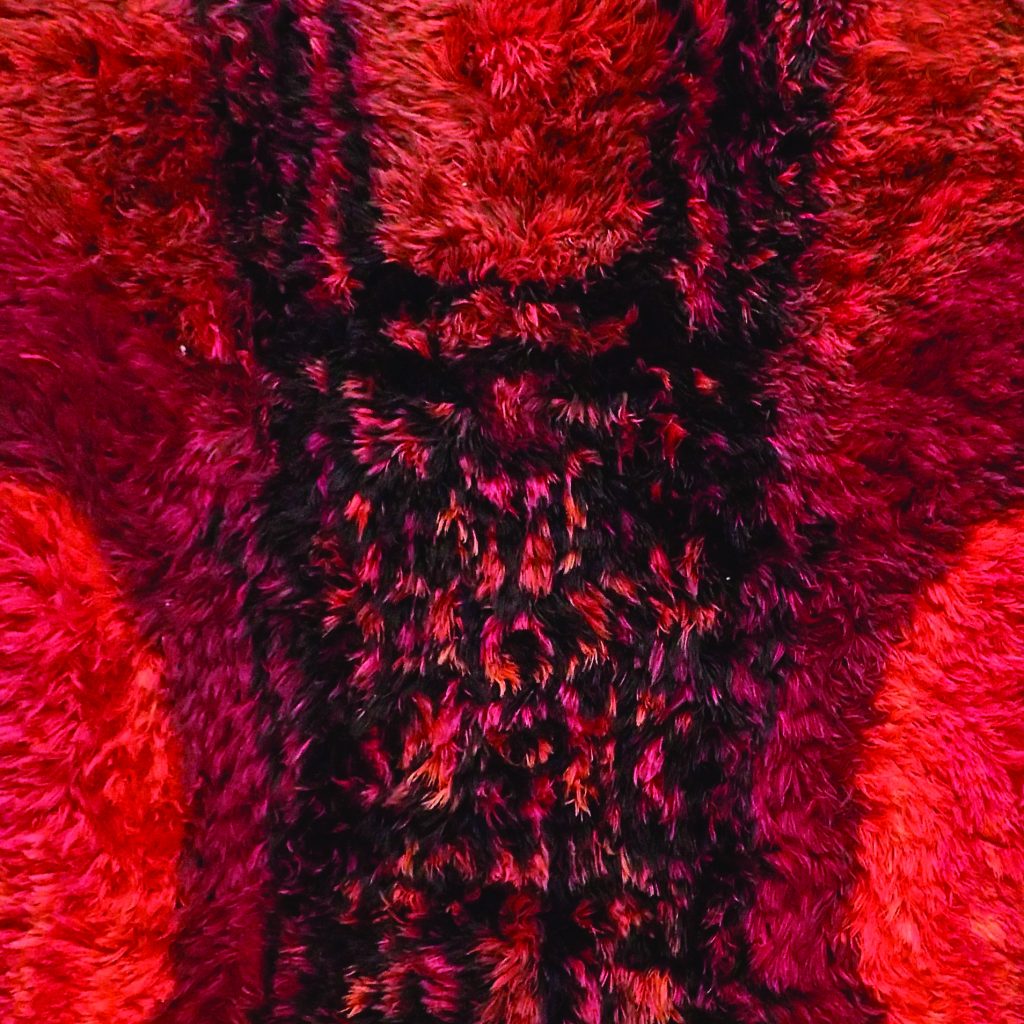
Intricate freestanding off-loom pieces and vibrant relief prints made using tree sections, Lycra and foam rubber will also be exhibited, showcasing the breadth and variety of Beutlich’s extensive career. Polish-born Beutlich, who lived in Ditchling, Sussex, in the late 60s and early 70s, had a distinctive style and approach which challenges the usual definitions of craft categorisation.
As an artist, weaver and tapestry maker he would sometimes make prints and textiles using the same imagery, yet he believed that to plan out a tapestry or weaving by sketching it with pencil on paper was to do a disservice to the material that he worked with. This complex relationship between fine arts and craft has much to do with his early years as a student – Beutlich was profoundly influenced by one of his teachers at art school in Poland who taught him “not to think just do it”, an ethos which resonated throughout his career.
After the Second World War he enrolled as a student of painting and drawing at the Sir John Cass Institute in London, transferring later to Camberwell School of Art and Crafts and graduating with a degree in Textiles in 1950. Whilst Beutlich was studying he accompanied his teacher, weaver Barbara Sawyer (1919-1982), on a visit to Ethel Mairet (1872-1952) at Gospels, her home and workshop in Ditchling. Mairet’s imaginative treatment of yarns had a profound influence on Beutlich and his subsequent practice, although after initial experimentation with natural dyes he rejected the discipline as he felt they faded too quickly. He eventually moved into Gospels in 1967 after Mairet’s death. His years in Ditchling marked the height of his commercial and international success, solidifying his reputation as one of the world’s leading textile artists.
Beutlich used natural materials for his weaving such as sisal and jute and, whilst living in Spain, he began working with esparto grass. His earlier work often contained pieces of organic material such as charred wood, and in some cases celluloid film or x-ray film. Their size was largely limited by the space he worked in.
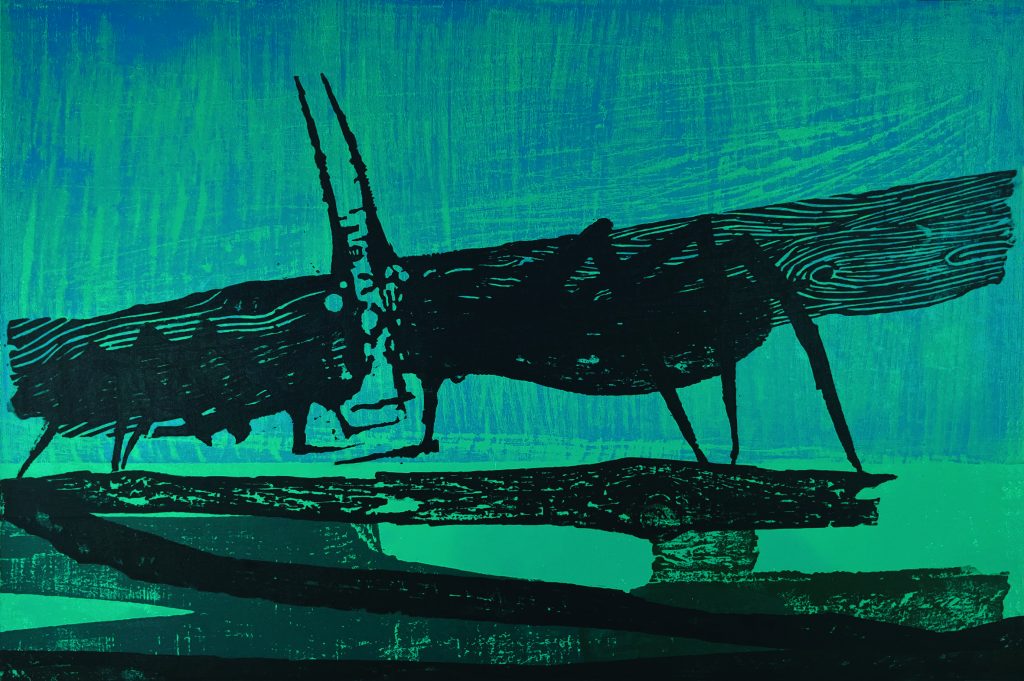
Beutlich approached printmaking with the same innovation and freedom as he did textiles,
experimenting with techniques and using wood, metal and found objects in his prints. He would walk on his prints as a substitute for a press, stamping by foot to imprint the design. This approach came out of both necessity and choice, as he could not afford a press, but he also liked the freedom that this method gave him.
His skill as a printmaker was recognised early in his career when his prints were selected to be exhibited at the Victoria and Albert Museum. He went on to produce prints for publishers, Editions Alecto until 1974.
Beutlich taught and sold work across the world. He said he had seven-year cycles of work and
changes in practice can be seen across his career. From 1948 – 1967 he created traditional flat
tapestries of wool and cotton originally influenced by work by Lurçat he saw in an exhibition at the V&A and later using similar abstracted imagery of natural forms and creatures to his printmaking. His style quickly evolved and went through rapid changes, he began making avant-garde open weave hangings, experimenting with charred wood, horsehair and acetate.
Then, in Ditchling (1967 – 1974) as he worked in Gospels, Beutlich made several large monochrome works that are said to reflect his subconscious grappling with wartime experiences. Among these is Winged Insect (1973). Characterised by heavy, twisted sisal, the works convey a sense of tension and unease, with their extraordinary scale lending them an imposing presence.
He found it difficult running a large studio and employing assistants at Gospels, and felt the process of making this work had become too commercial for him. Then, in 1974 in Spain – inspiration returned. He began working with the material around him, like esparto grass which grew by his house, and brightly coloured wool from local markets and making ‘free warp tapestry’. He returned to the UK in 1980 and settled in Folkestone. He continued to make smaller works for the rest of his life, enjoying recognition into his later years.
Beutlich’s bold, innovative approach to materials, coupled with his fearless experimentation, gave him countless artistic lives – each of which will be showcased in this exhibition.
Ditchling Museum of Art + Craft is collaborating with basket maker Tim Johnson who will make a new commission in response to Beutlich’s work. Johnson has undertaken detailed practice based research (supported by Emma Mason Gallery and West Dean College) using an incomplete manuscript by Beutlich describing his techniques for ‘Free Warp Tapestry’. The manuscript features illustrations by Beutlich, intended to instruct the reader on his off-loom weaving techniques. Tim will also lead two workshops about Beutlich’s techniques during the exhibition.
Visitors are invited to try their hand at basketmaking, contributing to an evolving installation crafted by local basketmaker Julie Rignell. The piece will grow and transform over the course of the exhibition.
Linked to the exhibition, the museum has also taken part in The Sensational Museum, a £1M project funded by the Arts and Humanities Research Council (AHRC), this interdisciplinary project will design and create sensory interventions that are accessible to all – using disabled people’s perspectives and insight to change how museums work for everyone. Devised with a team of external co-curators, a new multisensory display about weaver and dyer Ethel Mairet will be exhibited as part of Tadek Beutlich: On and Off the Loom.
The Exhibition is presented in partnership with the Emma Mason Gallery.
Tadek Beutlich: On and Off the Loom has been kindly supported by the Worshipful Company of Basketmakers, The Pilgrim Trust and the Polish Cultural Institute in London.
More information and Tickets:
https://www.ditchlingmuseumartcraft.org.uk/event/tadek-beutlich-on-and-off-the-loom/
Top Image: Grasshopper by Tadek Beutlich c1955.
Ditchling Museum of Art + Craft is home to a permanent collection that showcases the work of artists and craftspeople living and working in Ditchling – a village which nurtured some of the 20th century’s most innovative and creative ideas in crafts and design. The museum presents two newexhibitions a year alongside the permanent collection. The museum’s Accredited collection includes the work of internationally renowned craftspeople including Eric Gill, Edward Johnston and Ethel Mairet. The collection tells the story of the Guild of St Joseph and St Dominic, a collective of Catholic craftsmen who formed in Ditchling in 1920, and the other artists and craftspeople from the village. A thriving learning programme accompanies the exhibitions, offering a range of activities for all ages. The museum was also shortlisted for Museum of Year in 2014. ‘A fabulous little museum’ – The Sunday Times.
More at / Twitter @museumartcraft / Instagram @musuemartcraft /Facebook ‘Ditchling Museum Art + Craft’
Emma Mason Gallery was founded in 2004 by Emma and Richard Mason. The gallery, based in
Eastbourne, East Sussex champions work by printmakers working in Britain from the 1940s onwards. They are particularly known for their work in raising the recognition for excellent but often overlooked printmakers. They hold regular exhibitions and also work to curate or consult on exhibitions with other galleries and collections. Emma Mason has written several books on prints and printmakers. The gallery represents the estates of several printmakers including the estate of Tadek Beutlich.
www.emmamason.co.uk


